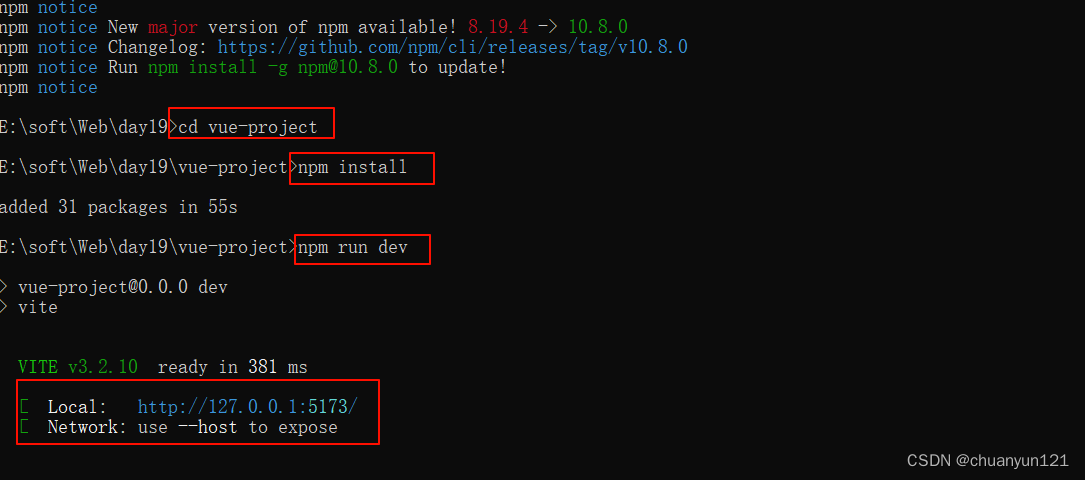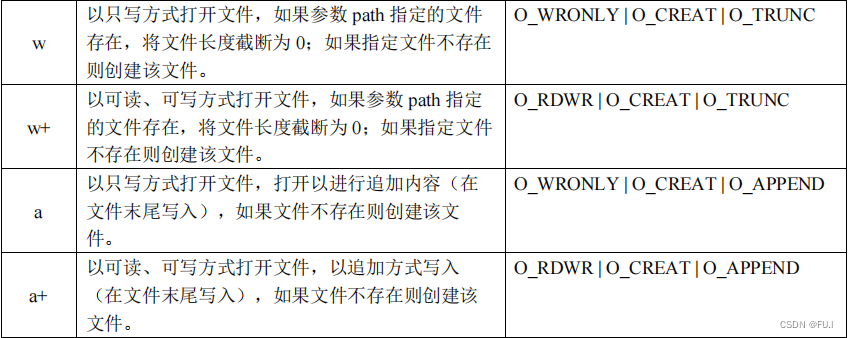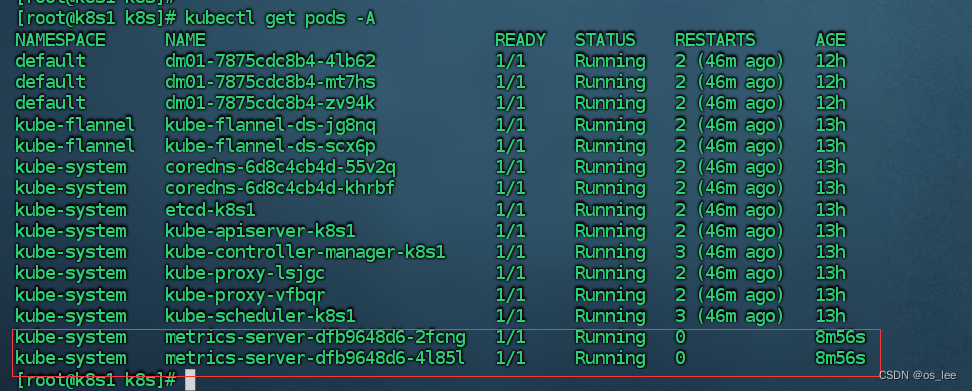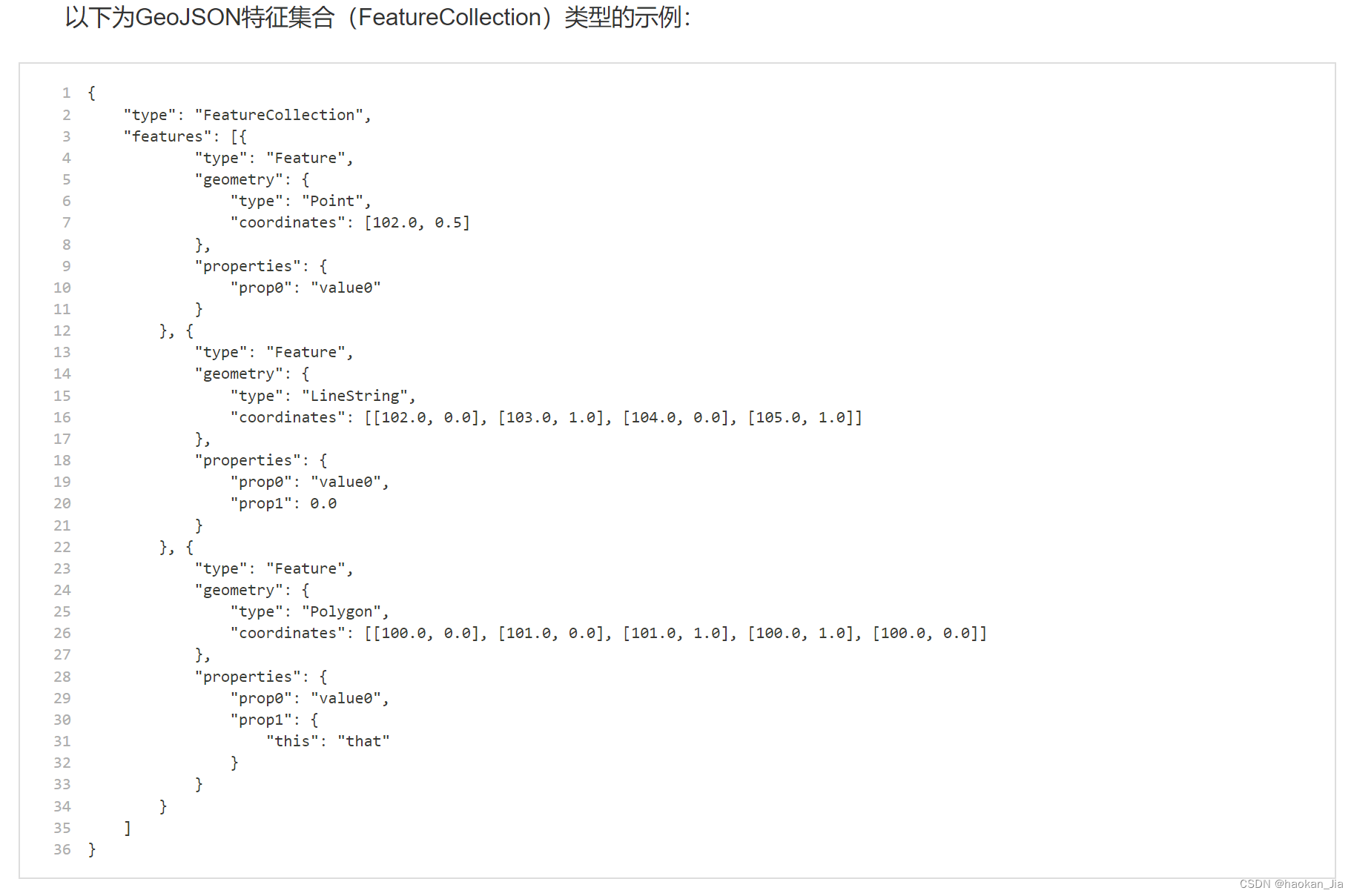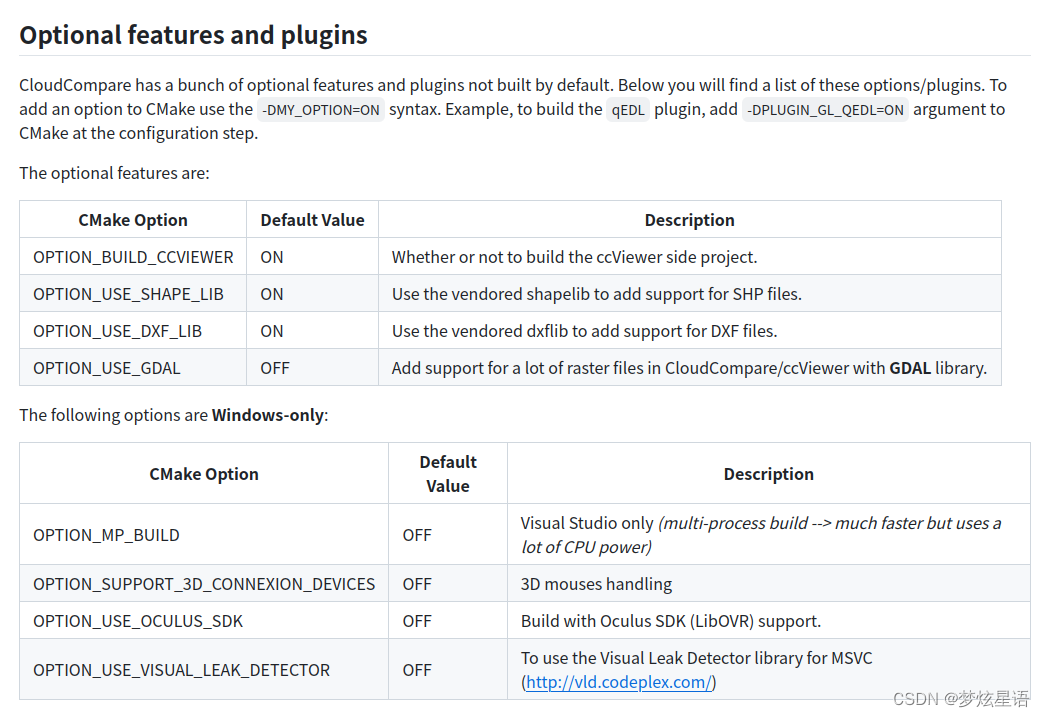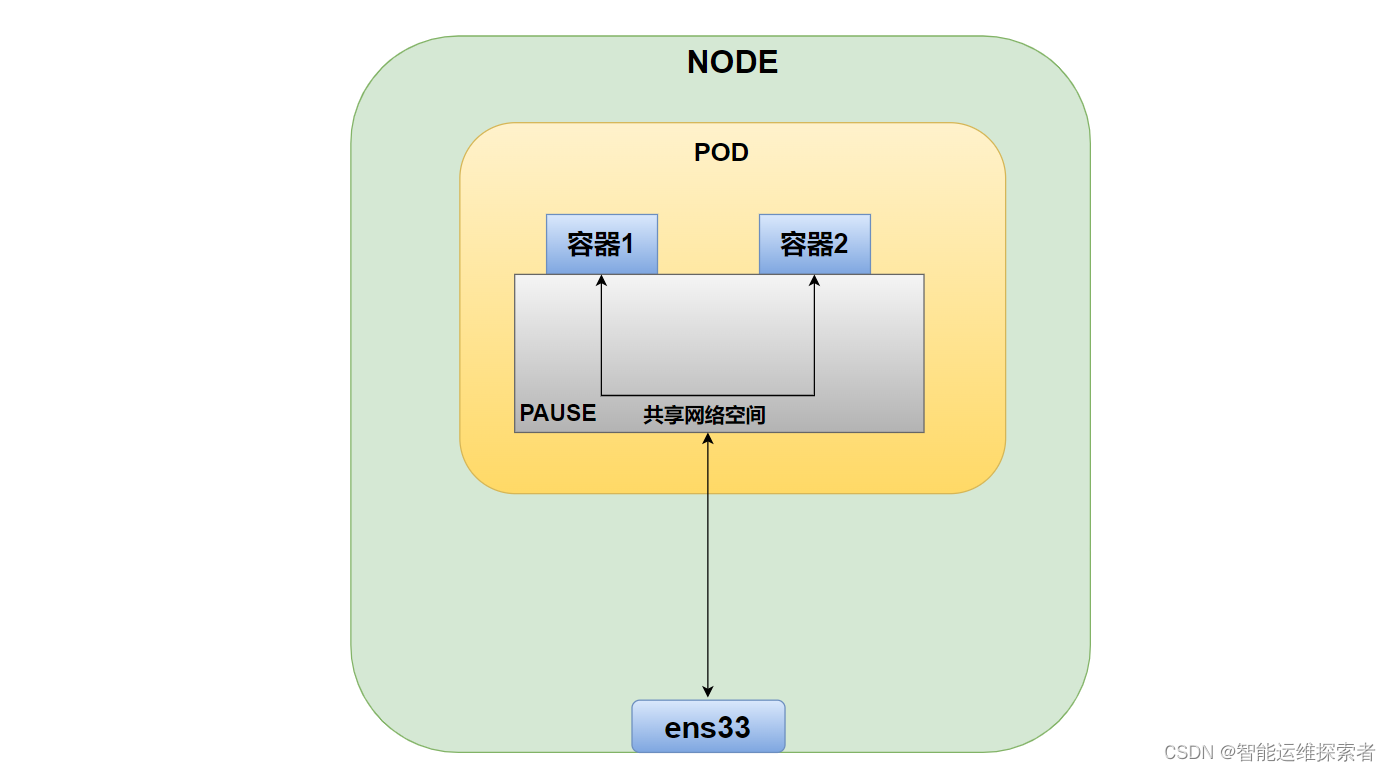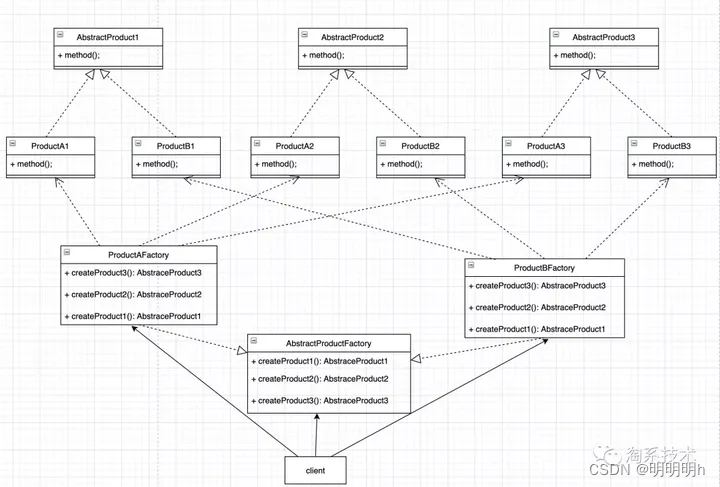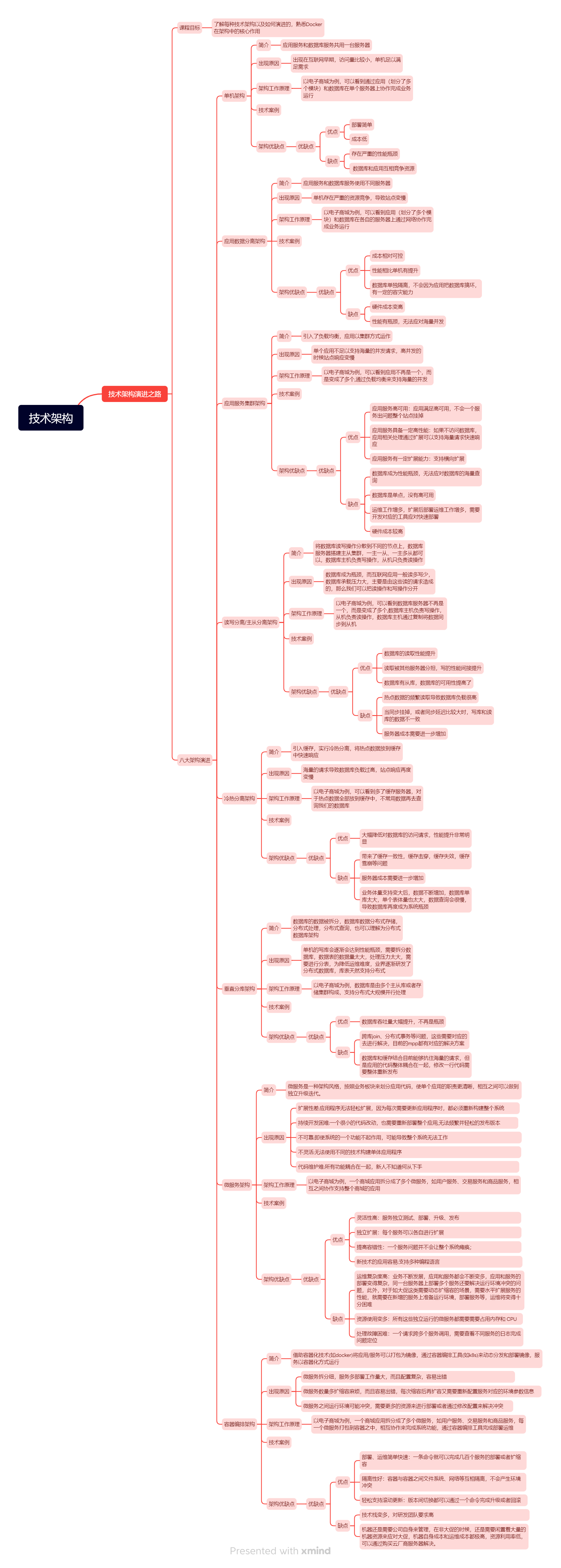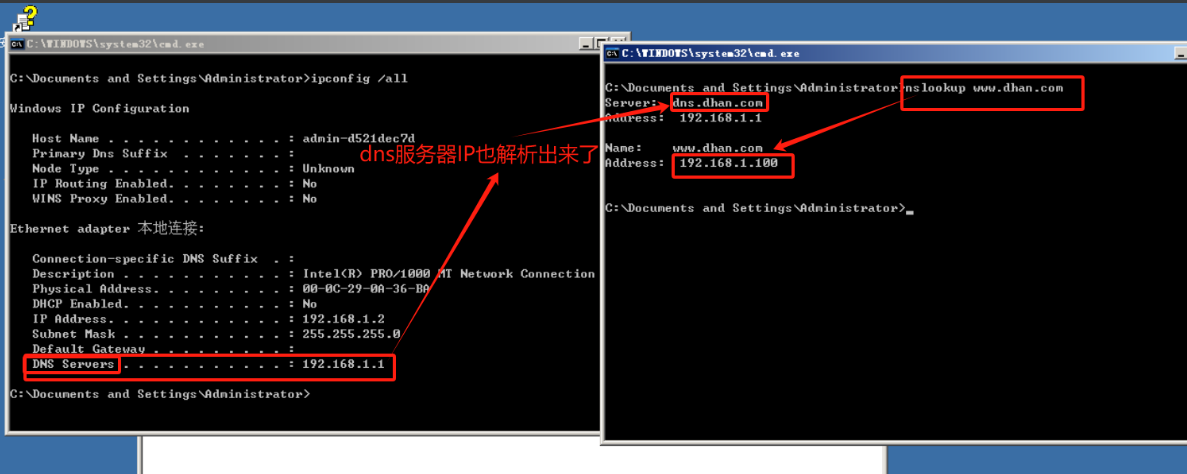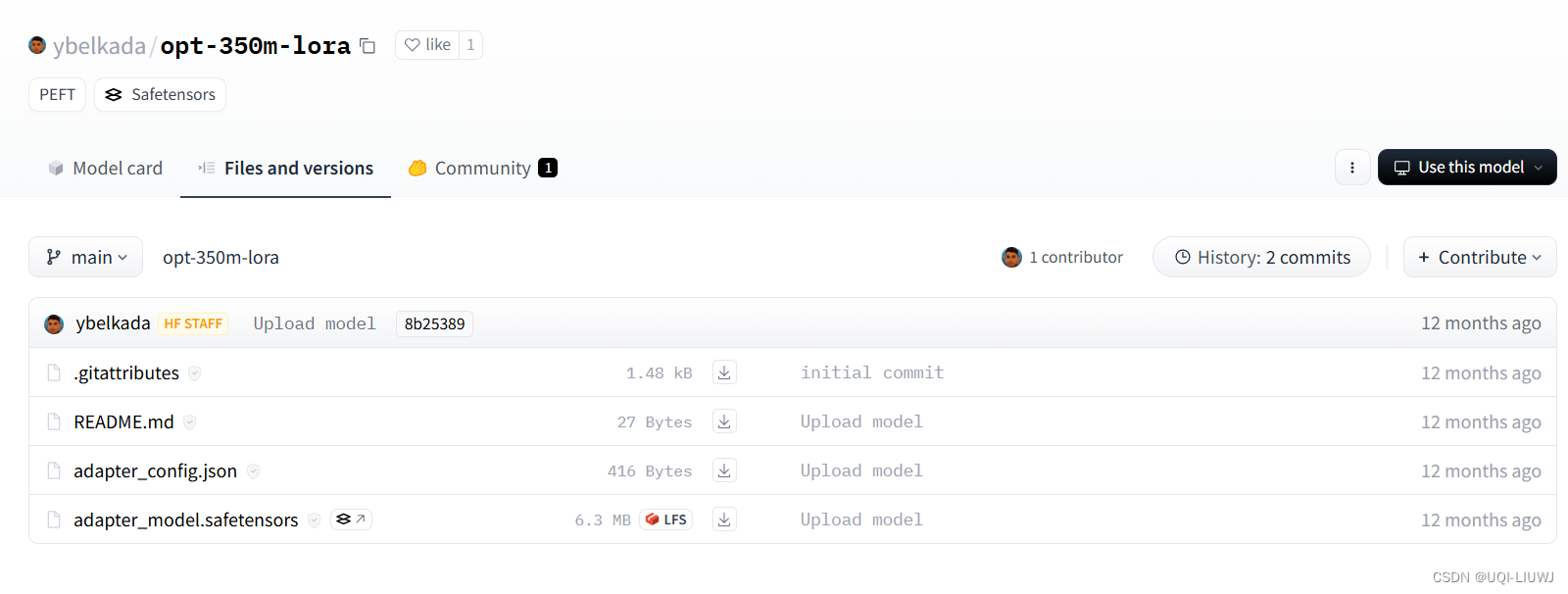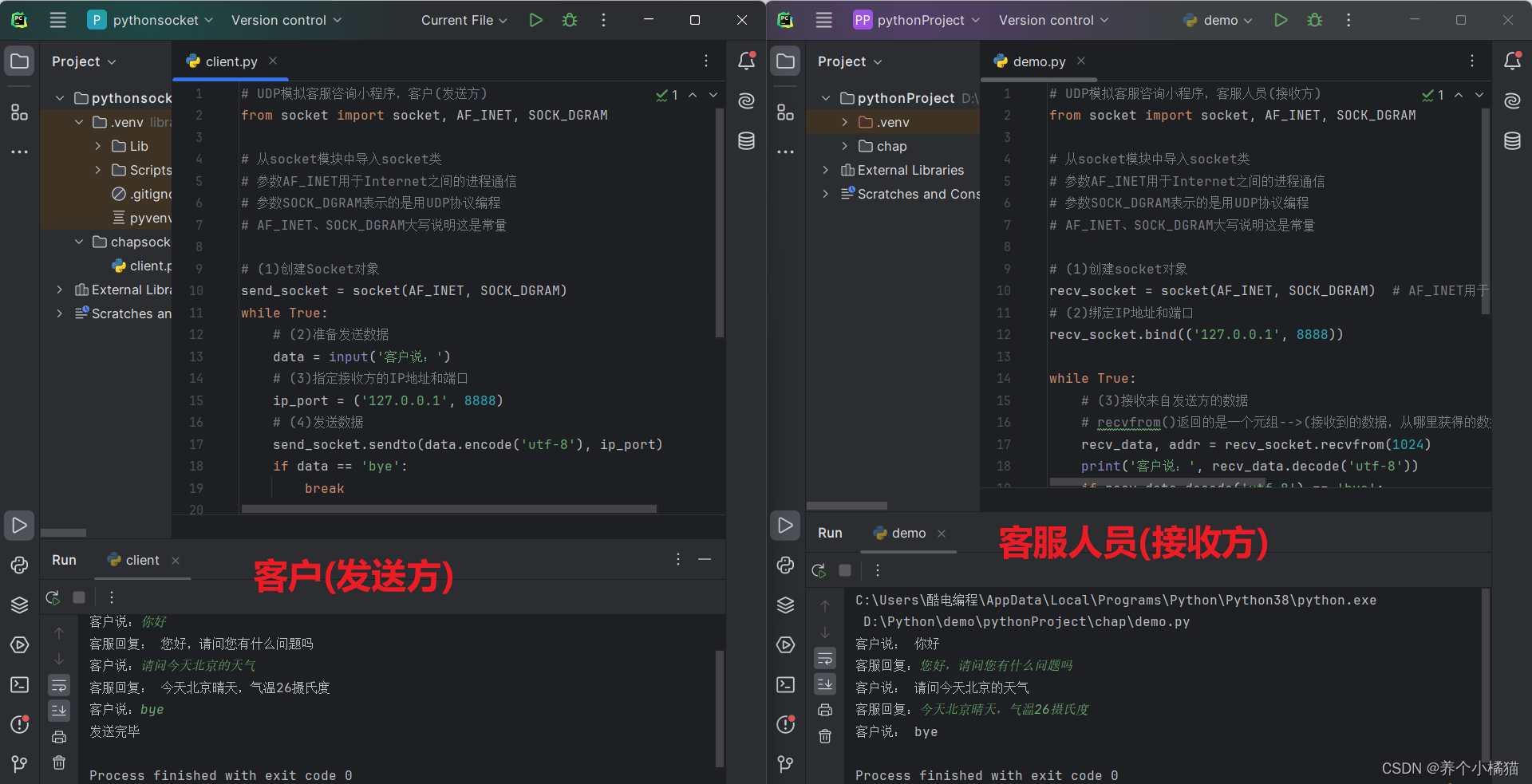1、自定义组件,并使用 v-model 进行数据双向绑定。
简述: 自定义组件使用 v-model 进行传参时,遵循 Vue 3 的 v-model 机制。在 Vue 3 中,v-model 默认使用了 modelValue 作为 prop 名称,以及 update:modelValue 作为事件名称。
例子:
首先,我们创建一个自定义组件 MyInput.vue,该组件使用 <script setup> 语法,并允许通过 v-model 绑定值:
<!-- MyInput.vue -->
<template>
<input :value="modelValue" @input="updateValue" />
</template>
<script setup>
import { defineProps, defineEmits, ref } from 'vue';
const props = defineProps({
modelValue: String
});
const emit = defineEmits(['update:modelValue']);
const updateValue = (event) => {
emit('update:modelValue', event.target.value);
};
</script>
在这个例子中,使用了 defineProps 来定义 modelValue prop,它对应于 v-model 绑定的值。同时,我们使用 defineEmits 来声明 update:modelValue 事件,该事件将在输入框的值变化时被触发。
接下来,在父组件中使用这个自定义组件,并通过 v-model 绑定一个数据属性:
<!-- ParentComponent.vue -->
<template>
<div>
<p>Value in Parent: {{ inputValue }}</p>
<MyInput v-model="inputValue" />
</div>
</template>
<script setup>
import { ref } from 'vue';
import MyInput from './MyInput.vue';
const inputValue = ref('');
</script>
在父组件中,导入了自定义的 MyInput 组件,并使用 v-model 将 inputValue 绑定到该组件的 modelValue prop 上。当 MyInput 组件中的输入框值变化时,它会触发 update:modelValue 事件,进而更新父组件中的 inputValue。
注意,在 <script setup> 中,不需要显式地返回任何东西给模板,因为所有的响应式状态(通过 ref 或 reactive 创建)和函数都会自动暴露给模板。这使得代码更加简洁和直观。
2、异步加载动态组件
├─ src
│ ├─ components
│ │ ├─ ChartA.vue
│ │ ├─ ChartB.vue
│ │ └─ ChartC.vue
│ └─ test-async.vue
└─ package.json
异步加载组件
方式一:
<template>
<AsyncOne />
</template>
<script setup>
import { defineAsyncComponent } from "vue";
const AsyncOne = defineAsyncComponent(() =>
import("@/components/ChartA.vue")
);
</script>
方法二:vue3+vite5 中
<template>
<AsyncTwo/>
</template>
<script setup>
import { defineAsyncComponent, ref } from "vue";
const AsyncTwo = ref(null);
AsyncTwo.value = registerComponent("/ChartC");
// 使用异步组件的方式加载组件
const registerComponent = (componentPath) => {
const modules = import.meta.glob("./components/**/*.{vue,tsx}");
for (const item in modules) {
if (item.includes(componentPath)) {
return defineAsyncComponent(modules[item]);
}
}
};
</script>
异步加载动态组件
<template>
<div v-for="(item, index) in componentsInfo" :key="index">
<component :is="item.loadComp" />
</div>
</template>
<script setup>
import { defineAsyncComponent, onMounted, ref } from "vue";
const componentsInfo = ref([
{
id: "1-1",
title: "图表A",
component: "/ChartA",
},
{
id: "1-2",
title: "图表B",
component: "/ChartB",
},
{
id: "1-3",
title: "图表C",
component: "/ChartC",
},
]);
onMounted(() => {
processLoad(componentsInfo.value);
});
const processLoad = (info) => {
for (let i = 0; i < info.length; i++) {
let item = info[i];
if (!item.component) {
continue;
}
let resComp = registerComponent(item.component);
item.loadComp = resComp;
}
};
// 注册一个异步组件
const registerComponent = (componentPath) => {
//获取 src/components 文件夹下所有组件
const modules = import.meta.glob("./components/**/*.{vue,tsx}");
for (const item in modules) {
if (item.includes(componentPath)) {
return defineAsyncComponent(modules[item]);
}
}
};
</script>
效果:

